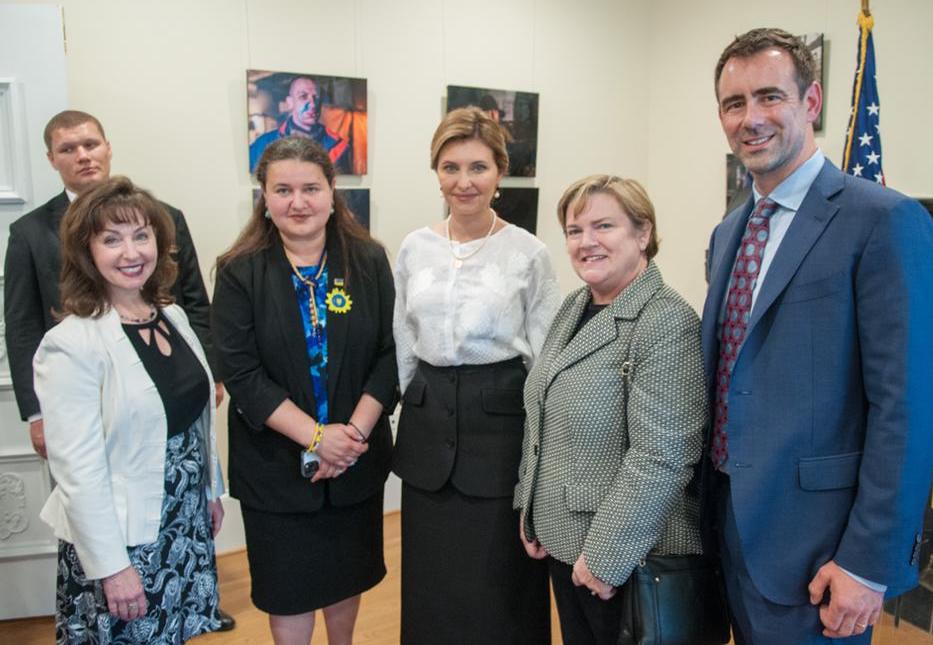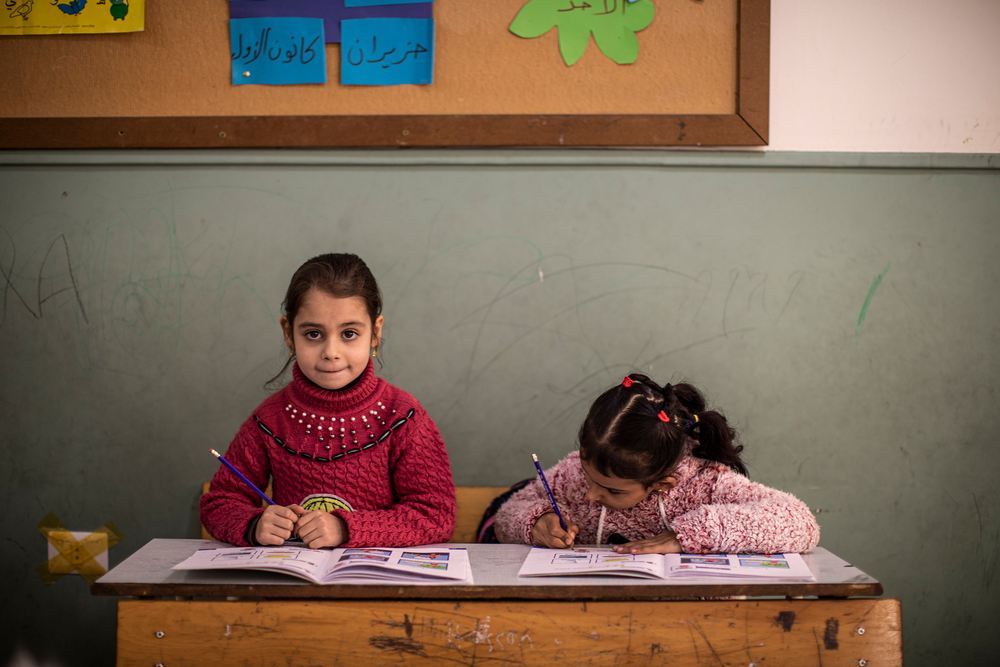
Killed, injured and forced to fight: 2016 was the deadliest year for Syria’s children
Barriers to education, Child soldiers, Children in conflicts, Education in emergencies, Refugees and internally displaced people, Safe schools
With the Syrian conflict about to enter its seventh year, a UNICEF report lays bare the terrible violations against the country's children.
The number of children in Syria who were killed, maimed or recruited by armed forces increased dramatically last year.
At least 652 were killed – 255 of them in or near a school – said the United Nations children’s agency UNICEF in a shocking report today. That’s a 20% rise on the number of verified deaths the previous year.
More than 850 children were recruited to fight in the conflict in 2016, more than double the previous year’s figure.
But these figures only tell a fraction of the horror being endured by Syria’s children.
“The depth of suffering is unprecedented. Millions of children in Syria come under attack on a daily basis, their lives turned upside down,” said Geert Cappelaere, UNICEF Regional Director for the Middle East and North Africa.
“Each and every child is scarred for life, with horrific consequences on their health, well-being and future.”
With the conflict in Syria about to enter its seventh year this week, the new report – Hitting Rock Bottom – lays bare the terrible violations against children during 2016.
“Beyond the bombs, bullets and explosions, countless children are dying in silence from preventable diseases that could easily be cured,” it says.
The report comes just days after Save The Children found widespread evidence of “toxic stress” and mental health issues among children inside Syria.
Theirworld also recently produced a briefing document about how toxic stress – prolonged exposure to high levels of stress from trauma, violence, neglect or deprivation – is affecting the development of young children in humanitarian emergencies like the Syrian conflict.
After six years of war, nearly six million children now depend on humanitarian assistance – 12 times as many as in 2012, said UNICEF’s report.
Millions of children have been displaced, some up to seven times, and more than 2.3 million children are living as refugees in Turkey, Lebanon, Jordan, Egypt and Iraq.
The most vulnerable among Syria’s children are the 2.8 million in hard-to-reach areas, including 280,000 children living under siege, almost completely cut off from humanitarian aid.
The conflict has driven more than 1.7 million children out of school in Syria. Many have been pushed into early marriage and child labour and in more than two-thirds of households children are working to support their families – some in extremely harsh conditions unfit even for adults.
One in three schools cannot be used because they are destroyed, damaged, sheltering displaced families or being used for military purposes.
In 2016, at least 87 attacks on schools and education personnel were recorded and more than 255 children were killed while at school or near school, says the report.
Some schools were attacked repeatedly like in Idlib, where 26 children and six teachers were killed in the deadliest attack on a school last year.
Despite the horrors and hardships they have endured, many children are still in school or desperate to return.
“We continue to witness the courage of Syria’s children. Many have crossed frontlines just to sit for school exams,” said Cappelaere.
“They insist on learning, including in underground schools. There is so much more we can and should do to turn the tide for Syria’s children.”
Here’s one example of what can be done to help Syrian children get their lives back to normal. It’s an underground amusement park where girls and boys can play without fear of attack.
The “Land of Childhood” was created by architecture students in Damascus, who realised there are few safe places left where children can play.
It took two years to make and about 200 children use it every day.
One of the creators, Yaseen, was a fourth-year architecture student when the siege forced him to leave university a year before graduation.
“Designing this project was a relief from the war photojournalism that I started doing after the war began.
“I wanted to retrieve my old skills as an architect to produce something that brings happiness to children,” he explained.
More news

